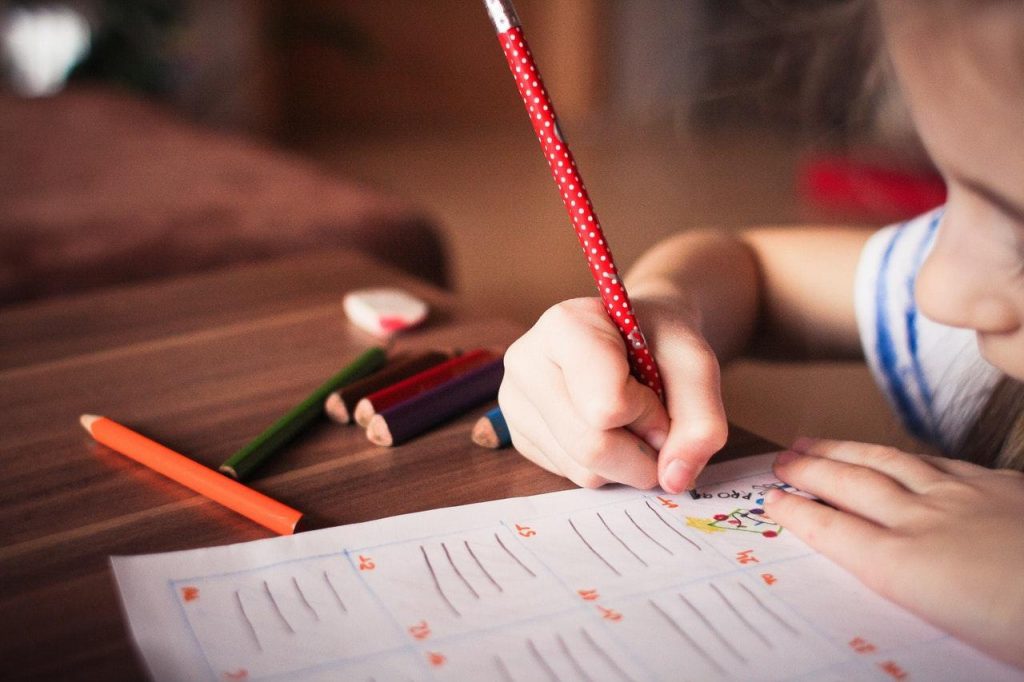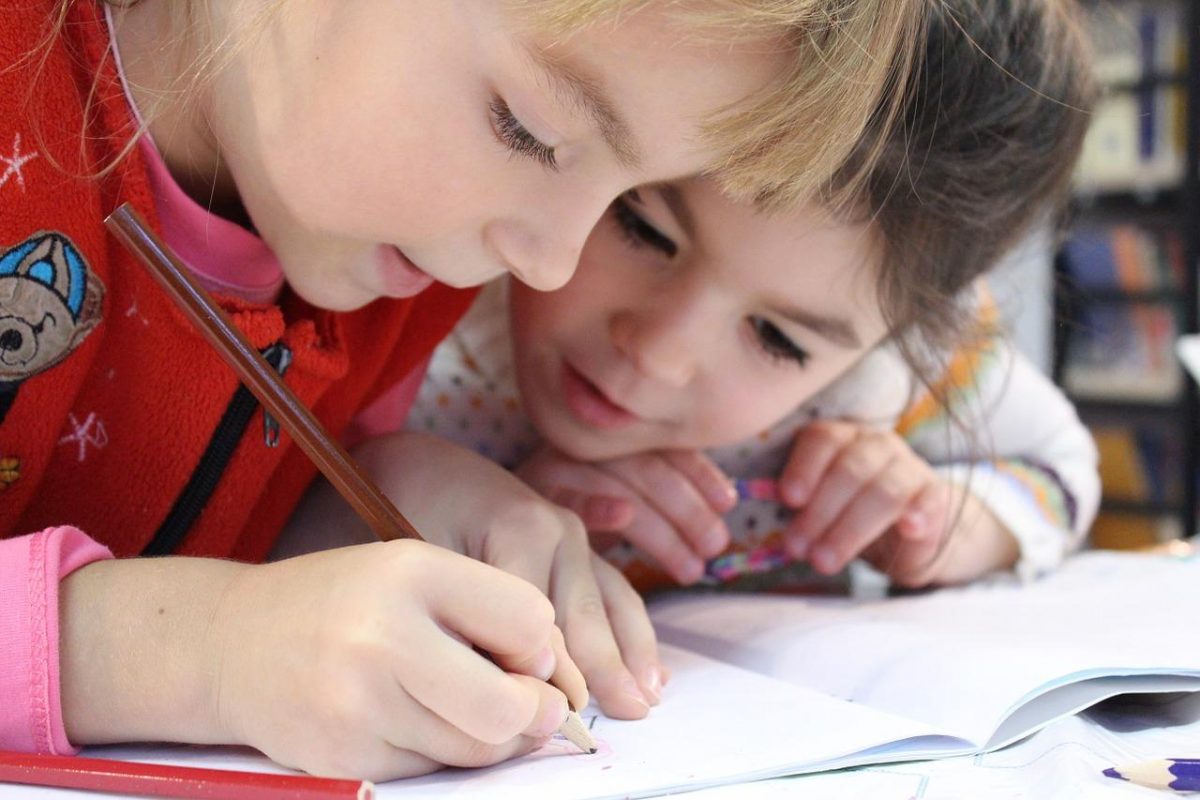As a parent, you need to make sure your child has the most amazing childhood ever. However, the job of a parent is even more complicated – you need to do everything you can to help your child achieve the best possible results in the future, and this is why you are your child’s most important teacher. The new day and age made things even more complicated as the school expectations are higher than before, so what can you do to help your child become a successful student and thus provide them with a shiny and successful career after the school and college are over?
1. Be involved
The first thing you need to do as a parent is to actually be involved in the schooling of your child. This means attending every parent-teacher meeting, as well as the meetings at the start of every school year. This is a great way to learn more about the actual teachers of your children and get to know something more about the curriculum and the expectations. This is what will help you make your own plans connected to your child’s education as you will know what aspects you need to pay attention to. If you have the option, you can also volunteer at your child’s school and in that way stay closer to the teachers and other parents – you never know when you will need them.

2. Find a good tutor
Once the semester or the school year starts, you will get to see if your child needs more work in a certain subject or if they excel somewhere, and this is where you step in. It is very important to know your child and thus know what type of tutoring your child needs, and try to find the best tutor for your child. It’s also very important to know everything about the pros and cons of online vs in-person tutoring; some children might enjoy the first one, while the latter might be perfect for students who like face to face communication. Make sure to explain to your child that having a tutor doesn’t mean that they’re performing badly, but that you want for them to excel at a certain subject where they need more work. Tutoring is also a great way to make your child learn something more about a subject and stay one step ahead of the curriculum.
3. Respect the homework
Homework is an essential part of schooling. It’s not only there to make the students revise a certain lesson, it’s also there to teach your child responsibility and work ethic – two aspects that will be extremely important for the child’s future. This is why you, as a parent, need to support the homework expectations and do whatever you can so that your child completes this task without any problems. In addition to making your child know that homework is a priority, you can help them by making sure they avoid distractions such as TVs or smartphones. Make sure that you’re there while your child is doing their homework, especially if they’re very young – be there to offer guidance, answer questions and interpret assignment instructions.

4. Teach organizational skills
There’s nothing more important and effective that you can teach your child than organizational skills. These will not only be helpful throughout school and college, but throughout their working life as well, and this is considered one of the most important skills a person acquires throughout their lives. Teach your child how to make to-do lists and how to respect them. If you want to make this task even more interesting for your child, you can use the perks of technology and find a good app that they will use (after all, they are growing up in the era of technology). Moreover, make sure that your child keeps their desk in perfect order and talk to them about why this is important.
5. Take attendance seriously
Finally, be the kind of parent who takes attendance seriously. Of course, if the kid is sick and cannot go to school, it’s always best to stay at home, but if your child is missing a lot of school due to illness, make sure to check with the teacher about the work that needs to be completed.
As you can see, your child’s performance at school does not depend solely on them – you should, as a parent, do whatever you can to teach your child how to take school seriously. Use fun ways or even games to teach your child good organization and responsibility. The day when they will be extremely grateful to you for this will eventually come.





























